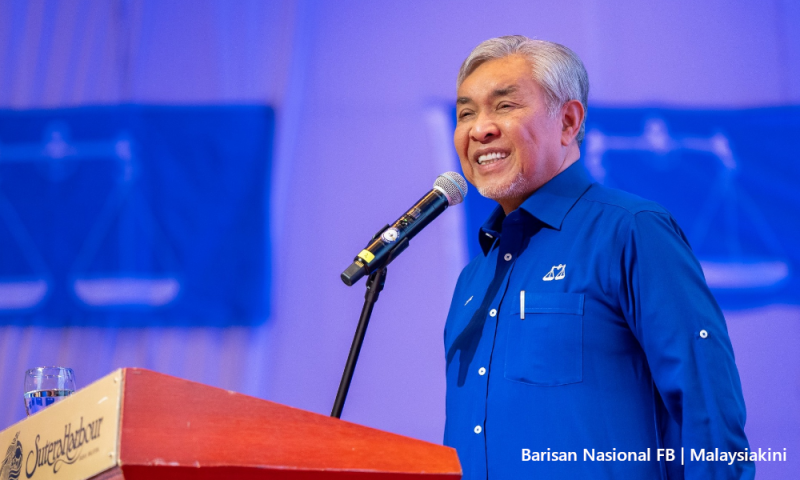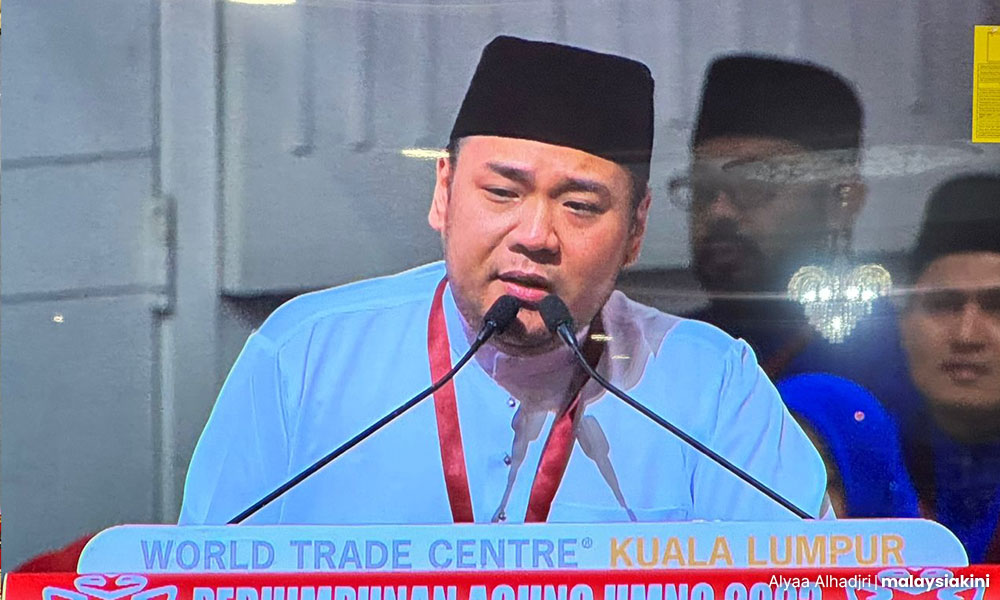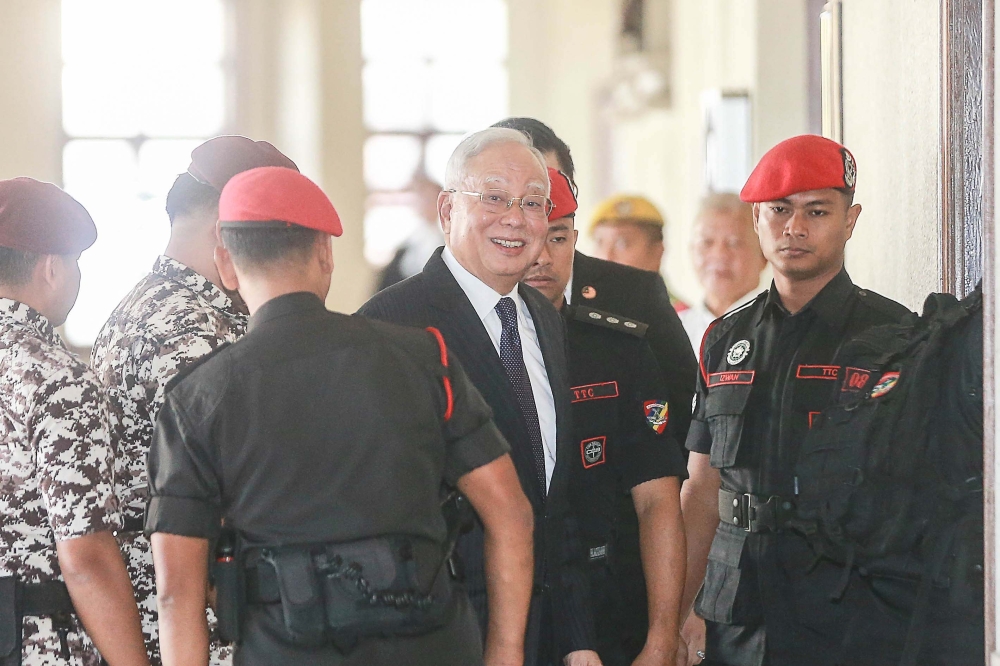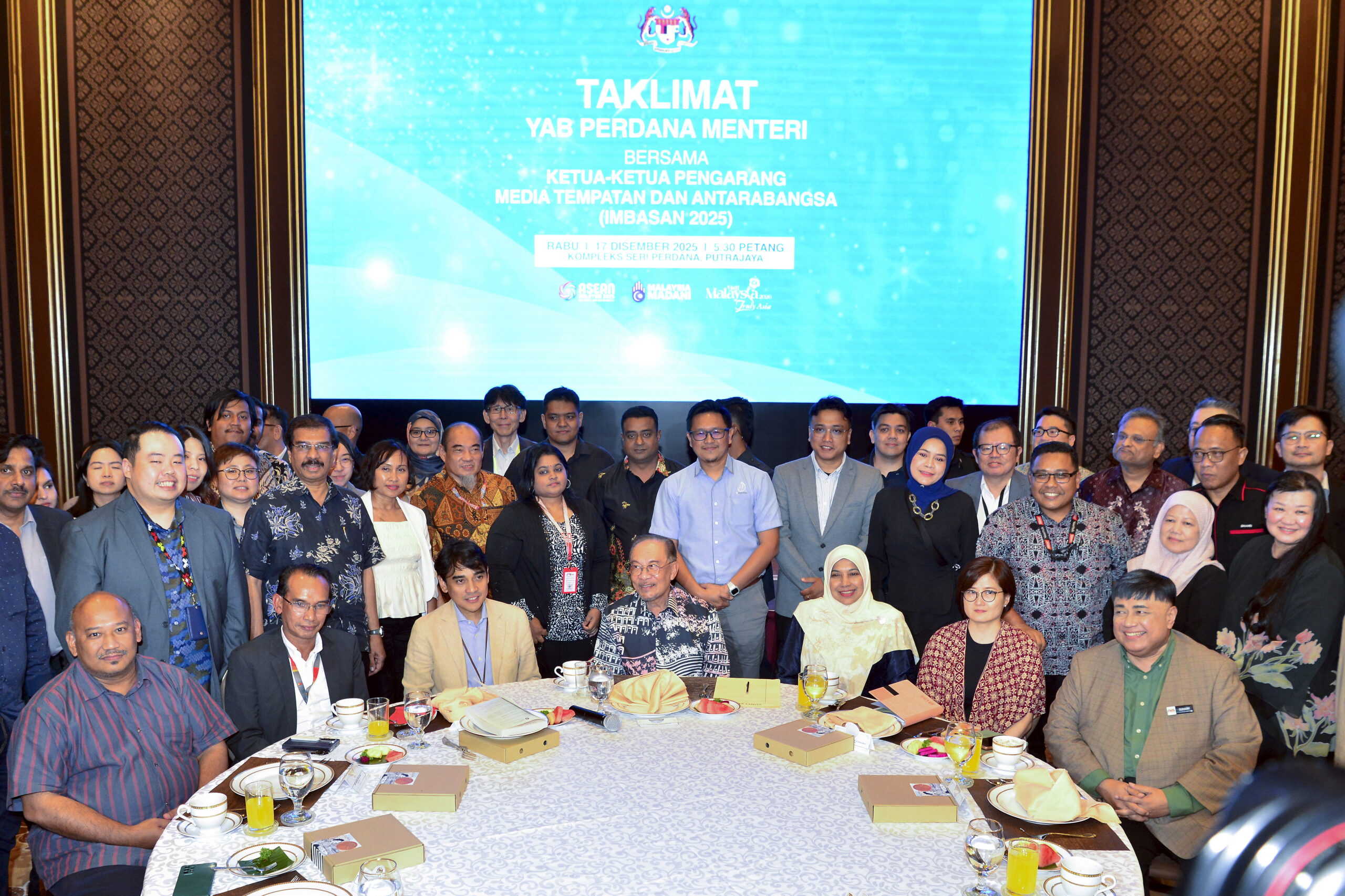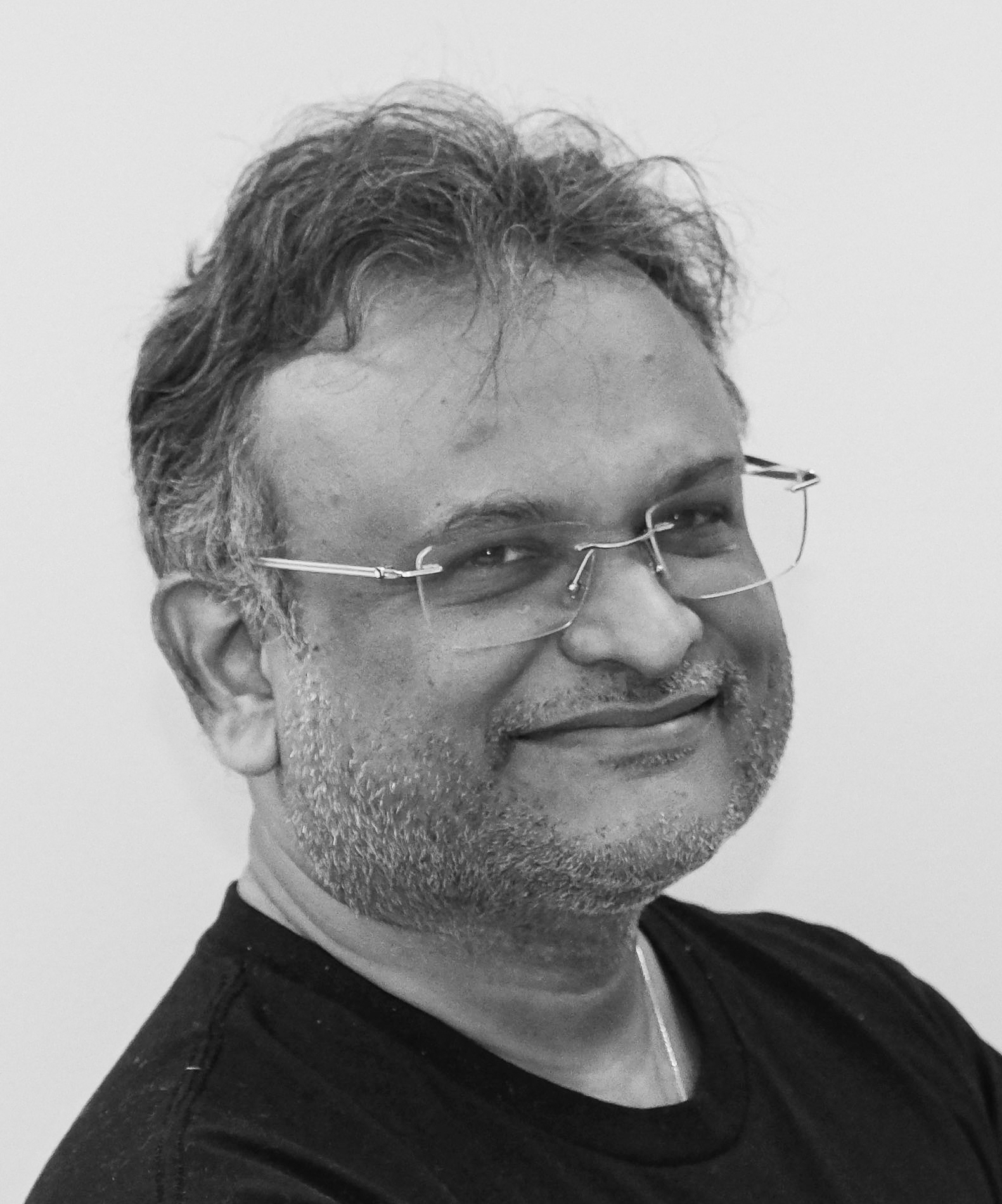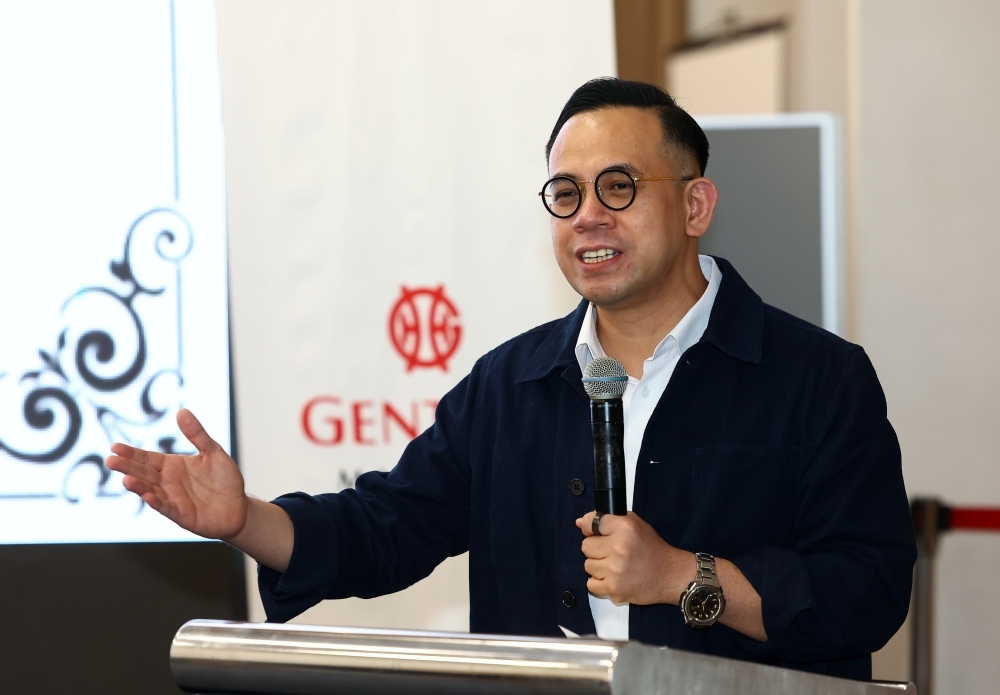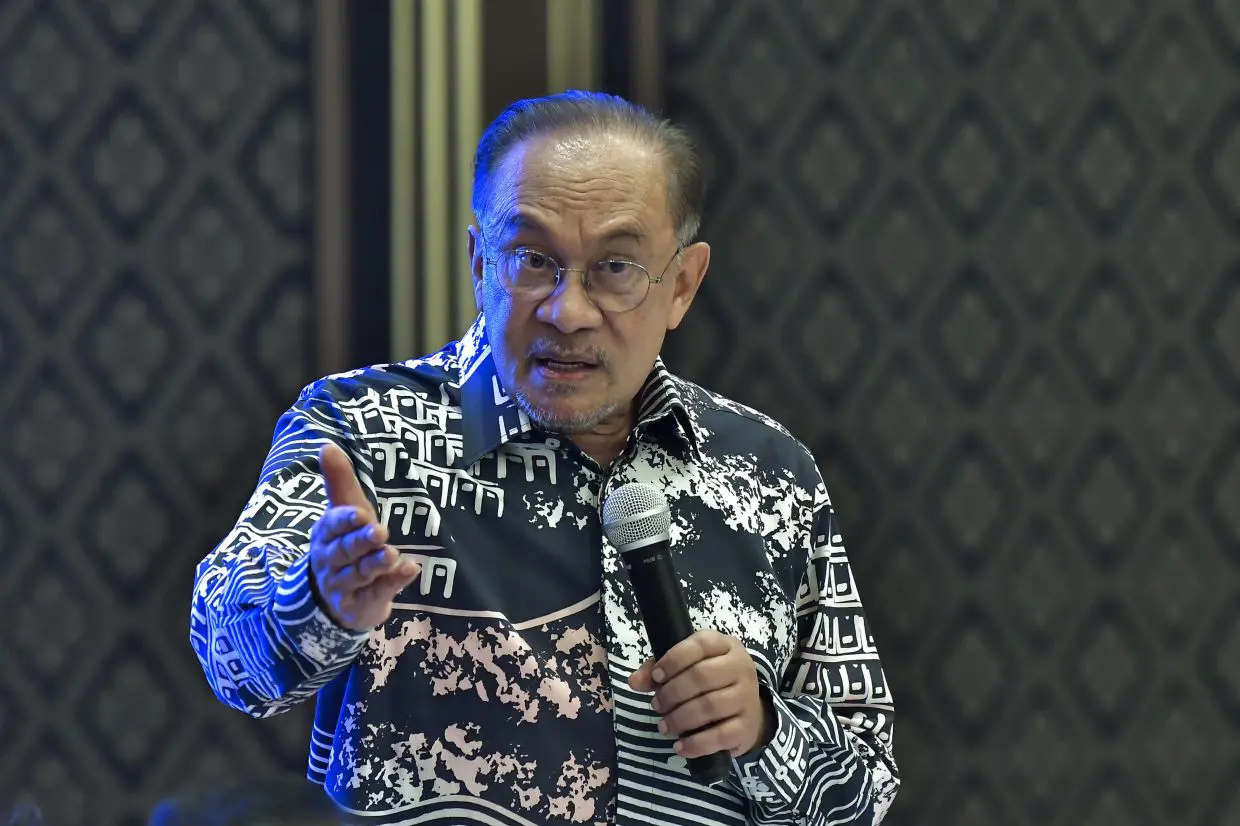
Wednesday, December 17, 2025
Don’t Blame Pakistan For Sydney Bondi Beach Terror Attack, Blame American Duplicity! OPINION
By Prakash Nanda
The dastardly terrorist attack at Sydney’s Bondi Beach on Sunday evening that took away at least 15 innocent lives has been allegedly perpetrated by 50-year-old Sajid Akram (who was fatally shot by police) and his 24-year-old son Naveed Akram (wounded and now being treated at a hospital).
This gruesome incident raises two questions that need explanation. One, why is it that many terrorist incidents all over the world in recent years have a Pakistani connection?
Two, if this Pakistani connection has got something to do with the phenomenon of Islamic fundamentalism, then has it been due to the tolerance or even promotion of this phenomenon by the developed and democratic Western world in general, and the United States in particular, because of geopolitical factors?
Now, let us take the first question regarding the Pakistani link.
One is deliberately avoiding the well-established state-sponsored terrorist activities by Pakistanis in India because Pakistani analysts and their supporters will cite the much-abused Kashmir factor.
But what about the following incidents that one could collect from the open sources? These are:
- 1993 World Trade Center Bombing: The mastermind of the 1993 attack in New York, which killed six people and injured over a thousand, was Ramzi Yousef, a young extremist who had trained in a militant camp in Pakistan.
- Murder of Daniel Pearl: Ahmed Omar Saeed Sheikh, a British national of Pakistani origin and a JeM (Jaish-e-Mohammad) leader, was convicted for the murder of American journalist, from WSJ, Daniel Pearl in 2001.
- Pakistan provided its territory for training to the Al-Qaeda planners for the 9/11 attack in New York, particularly Khalid Sheikh Mohammed (KSM) and Ramzi bin al-Shibh, who operated from Karachi and facilitated the plot, with funding links discovered in Karachi before the attacks. Pakistan’s intelligence agency (ISI) was linked to money transfers for the plotters.
- Even former Pakistan Army Chief General Ziauddin Butt had revealed at an October 2011 Pakistan-U.S. relations conference that Osama bin Laden was sheltered in an Intelligence Bureau safe house in Abbottabad by former IB chief Brigadier Ijaz Shah with the then Army Chief and dictator Pervez Musharraf’s knowledge, and suggested that General Ashfaq Pervez Kayani might also have known that. And all this at a time when Pakistan was fighting global terror in Afghanistan under the leadership of the United States.
- 2005 London Underground Bombings: Four suicide bombers carried out attacks on London’s transit system. Three of the four were British nationals of Pakistani origin, and some had visited and trained in militant camps in Pakistan prior to the attacks.
- The 2006 transatlantic aircraft plot involved a plan to detonate liquid explosives—disguised as soft drinks—on board multiple airliners flying from the United Kingdom to the United States and Canada. Authorities arrested around 24 suspects in the UK, most of whom were British-born Muslims of Pakistani descent, with alleged links to al-Qaeda facilitated by Rashid Rauf, a British-Pakistani operative based in Pakistan who played a key role in directing the conspiracy.
- 2010 New York Times Square Bombing Attempt: The individual who attempted to detonate a car bomb in Times Square, Faisal Shahzad, was a naturalized U.S. citizen of Pakistani origin who had received bomb-making training in a Pakistani militant camp.
- In November 2011, British Police apprehended four Pakistani nationals – Khobeb Hussain (19), Ishaaq Hussain (19), Shahid Kasam Khan (19), and Naveed Mahmud Ali (24). These individuals faced severe charges of collecting funds for terrorism and conspiring to execute terrorist attacks. All four had received terrorist training in Pakistan and were subsequently sentenced to life imprisonment.
- In March 2023, two Pakistani nationals were arrested by the Greek police’s special antiterrorist unit on charges of planning terrorist attacks against selected targets in Athens, particularly the Jewish areas. Investigations revealed that the terrorists had already conducted reconnaissance of the site, and disturbing details emerged that the final instructions for the attack were received directly from handlers in Pakistan. Following these initial arrests, June 2023 saw the apprehension of eight additional Pakistani nationals linked to this conspiracy.
- In October 2024, Mohammed Shahzaib Khan, a 20-year-old Pakistani national, was arrested in Ormstown, Quebec, Canada. Khan stood accused of plotting a large-scale attack and robbery in support of the Islamic State (ISIS) at a Jewish community center in New York City’s Brooklyn district, precisely on the first anniversary of Hamas’s attack on Israel.
- In March 2025, Spanish police arrested 11 Pakistani nationals on suspicion of belonging to the banned terrorist organization, Tehreek-e-Taliban Pakistan (TTP). They were allegedly promoting violent actions—including murders and beheadings—via encrypted communication channels. Even women cadres were involved, and they were indoctrinating followers and identifying potential targets in Europe.
- In March 2025, a joint operation between the CIA and FBI led to the apprehension of Pakistani national Mohammad Sharifullah, alias “Jaffer”, an ISIS-K member from Afghanistan. Jaffer was allegedly providing material support to a designated terrorist organisation and, critically, orchestrating the plot that led to the deaths of 13 American service members during the chaotic withdrawal of US forces from Afghanistan.
- In May 2025, four Pakistani nationals were caught in the West African nation of Nigeria for helping terrorists such as Boko Haram and ISIS-linked Islamic State West Africa Province (ISWAP), focusing on advanced weaponry, drone operations, and the construction of improvised explosive devices (IEDs). They were actively involved in escalating extremism in Nigeria. Incidentally, thousands of Christians have been killed by Boko Haram in Nigeria.
If anything, the above examples prove that Pakistan not only produces terrorists but also exports them across the world.
Arnaud de Borchgrave, who, as an editor-at-large for UPI and a fellow at the Atlantic Council, extensively covered the complex interplay between Pakistan, Islamic terrorism, and regional dynamics in the post-9/11 era, has concluded that “imprints of every major act of international Islamic terrorism passes through Pakistan”.
Why has it been so? In a way, none other than Khwaja Muhammad Asif, Pakistan’s Defence Minister, in an interview with Sky News journalist Yalda Hakim, admitted recently, and this has been widely reported, that his country had supported terrorist groups for more than three decades, saying that Pakistan has been doing the “dirty work” of the Western nations.
In fact, there are merits in what Asif says. It is an open secret that it was the American CIA that created the Taliban when the then Soviet Union was in Afghanistan. That was the period of the Cold War. The CIA financed the Taliban, encouraged drug trafficking, and supported Pakistan (the Taliban’s base) wholeheartedly in its nuclear weapon program.
In their book, “Deception: Pakistan, the United States and the Global Nuclear Weapons Conspiracy”, Adrian Levy and Catherine Scott-Clark, award-winning investigative journalists, have provided details on how AQ Khan stole, with full American knowledge, nuclear material and technologies from Western countries, including the US.
Be it Ronald Reagan or George Bush (father) or Bill Clinton or George Bush (son) – every American President and his officials not only concealed but also helped Pakistan in making and improving the bomb.
Reagan deceived the world as he “ignored” when Pakistan cold-tested the bomb in 1983 and hot-tested it in 1984 on Chinese soil with the Chinese help. Bush Sr. and Clinton suppressed and punished the officials who wanted to tell the world this entire story.
And finally, Bush Jr. forgave all the sins of Pakistan and AQ Khan, despite the fact that “a mountain of incredibly precise intelligence portrayed Pakistan as the epicentre of global instability: a host and patron for Islamist terrorism, ruled by a military clique that was raising capital and political influence by selling weapons of mass destruction”.
All this is evident from the shocking story of Rich Barlow, superbly described by the two authors. He was the CIA’s expert on Pakistan’s nuclear secrets, but Barlow was thrown out and disgraced when he blew the whistle on a US cover-up.

Co-CEO of the executive council of Australia Jewry Alex Ryvchin stands outside the Bondi Pavilion, where an Australia and Israeli flag are displayed in memory of the victims of a shooting at Bondi Beach, in Sydney on December 15, 2025. A father-and-son team toting long-barrelled guns shot and killed 15 people including a 10-year-old girl at Sydney’s Bondi Beach, authorities said on December 15, labelling it an antisemitic terrorist attack on a Jewish festival. (Photo by DAVID GRAY / AFP)
Pakistan’s nuclear bombs are intrinsically linked with Islamic fundamentalism because Pakistan sought financial assistance and got it from the Arab countries, particularly from Saudi Arabia, under the pretext that it was making an “Islamic Bomb”.
But the fact remains that Saudi Arabia has been the United States’ closest ally in the region. In fact, if the US wanted to defeat global terrorism, which, in turn, emanates mostly from Islamic fundamentalism, then the easiest way to do this was to impose unbearable pressure on two countries – Saudi Arabia (source of money) and Pakistan (place for training and planning).
But these two countries are America’s close allies in the region. Of course, in recent years, Saudi Arabia is said to have abandoned this policy, but Pakistan has not.
Even otherwise, the US, while fighting the Taliban and Al Qaeda in Afghanistan, was allowing, at the same time, arms and material to flow to radical opposition groups fighting common US enemies in Iraq, Libya, and Syria.
The biggest supporter of the radical Islamists in Egypt, who were waging armed violence in various parts of that country, happened to be the United States.
Even in Bangladesh, see the way the Americans were shedding tears for the fundamentalists and successfully deposed the secular government of Sheikh Hasina.
It is also worth mentioning the investigative report that appeared in the Washington Post some years ago on how the US spent millions of dollars producing fanatical school books, which were then shipped and distributed in Afghanistan and other countries in the Middle East.

Mourners gather by floral tributes at the Bondi Pavillion in memory of the victims of a shooting at Bondi Beach, in Sydney on December 15, 2025. A father-and-son team toting long-barrelled guns shot and killed 15 people including a 10-year-old girl at Sydney’s Bondi Beach on December 14, with authorities labelling it an antisemitic terrorist attack on a Jewish festival. (Photo by DAVID GRAY / AFP)
“The primers, which were filled with talk of jihad and featured drawings of guns, bullets, soldiers, and mines, have served since then [i.e., since the violent destruction of the Afghan secular government in the early 1990s] as the Afghan school system’s core curriculum. Even the Taliban used the American-produced books…” the Washington Post reported.
How does one explain the American duplicity? The answer lies in the geopolitics pursued by the United States-led West, particularly in its long-term strategic goals of containing Russia, China, and India, the three countries that could challenge Western hegemony in the long run. Just see how each of these countries is now facing neighbours that are coming under the increasing influence of Islamic fundamentalism.
But then, in the process of pursuing this goal, the West is also suffering because Islamic fundamentalism cannot co-exist with the Western value system.
Islamic terrorism is an ideological war – a war between those who believe in a peaceful co-existence and the pluralities of beliefs, and those who say that theirs is the only way that must prevail.
It has nothing to do with “injustice to Muslims” in Palestine or in Kashmir. That explains why Islamists (who believe their interpretation of Islam is the true Islam that must dominate the world) are killing Muslims in Muslim-majority countries like Bangladesh, Pakistan, Iraq, and even Saudi Arabia.
Admittedly, secularism as an idea took birth in the Christian West. It made a clear distinction between public and private life, in which religion was relegated to the private sphere with no hold over public life.
In fact, it is the secular politics that explains why the immigrant communities, including Muslims, receive in Western Europe, the U.S., and Australia some of the most generous benefits, such as free education, free health, subsidised housing, and multiple other handouts from the State.
But the Islamic fundamentalists are never impressed. For them, the very distinction between private and public is either meaningless or unacceptable. It is highly unlikely that they will embrace secularism even if they occupy Kashmir or destroy Israel.
Sydney-like incidents will continue to happen.
Author and veteran journalist Prakash Nanda is Chairman of the Editorial Board of the EurAsian Times and has been commenting on politics, foreign policy, and strategic affairs for nearly three decades. He is a former National Fellow of the Indian Council for Historical Research and a recipient of the Seoul Peace Prize Scholarship.





